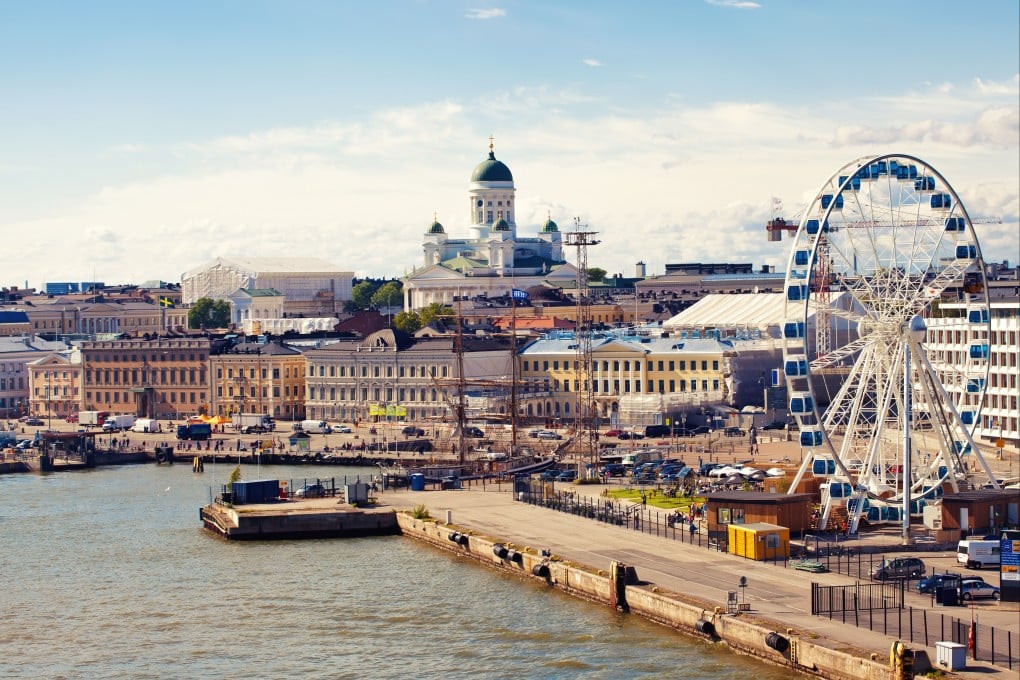Finnish developers push for Chinese-built tunnel to Estonia despite souring mood towards Beijing
- Project linking Helsinki and Tallinn has been plagued by controversy, but sponsor is undeterred, saying funding is ‘not Chinese, it’s international’
- China’s ties with Russia have tarnished its image in Finland and Estonia, and EU is clamping down on Chinese investment in the bloc amid tensions

Finnish developers are pushing ahead with plans to bore a tunnel between capital city Helsinki and Estonia’s Tallinn, and they still want Chinese companies to build it.
The 100km (62-mile) project would link the two countries separated by the Gulf of Finland, slashing the journey time from two hours by ferry to just 20 minutes by high-speed rail.
“For the actual construction, we have of course not made any final decisions, but we are looking very favourably towards Chinese construction companies,” said Kustaa Valtonen, founding partner of Finest Bay Area Development Ltd, the project sponsor.
Valtonen has been talking for “quite a long time” with China Railway Engineering Corporation, the state-owned enterprise that built the high-speed line linking Winter Olympic sites in Beijing and Zhangjiakou in north China’s Hebei province.
Trains on that line hurtle through tunnels under the Great Wall of China at speeds of up to 350km/h.